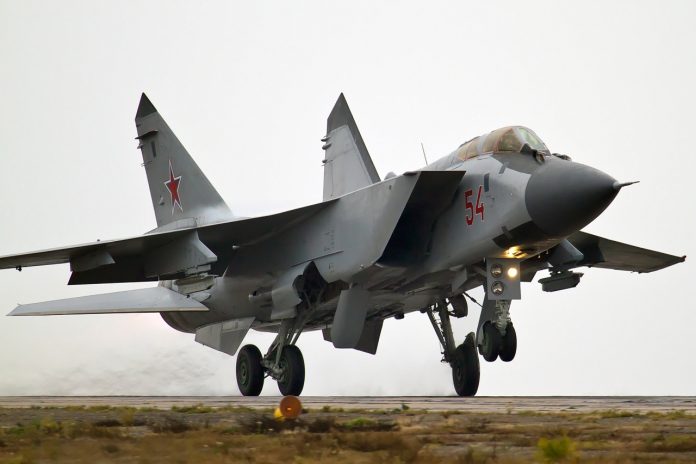
As front lines of the war dissolve into its industrial interior, Ukraine’s July 11 drone attack on the Lukhovitsy Aviation Plant highlighted a crucial realignment the focus of the fight for air dominance and unmanned systems is increasingly about factories as well as in disputed skies. The plant, situated in the province of Moscow, is not just a manufacturing location for old MiG-29 and MiG-31 fighters it is a vertically integrated complex with the ability to machine parts, build airframes, perform flight tests, and produce battle-ready aircraft. Its function in building Russia’s “prospective front-line fighter” puts it at the forefront of Moscow’s plans to catch up with Western sixth-generation airpower.
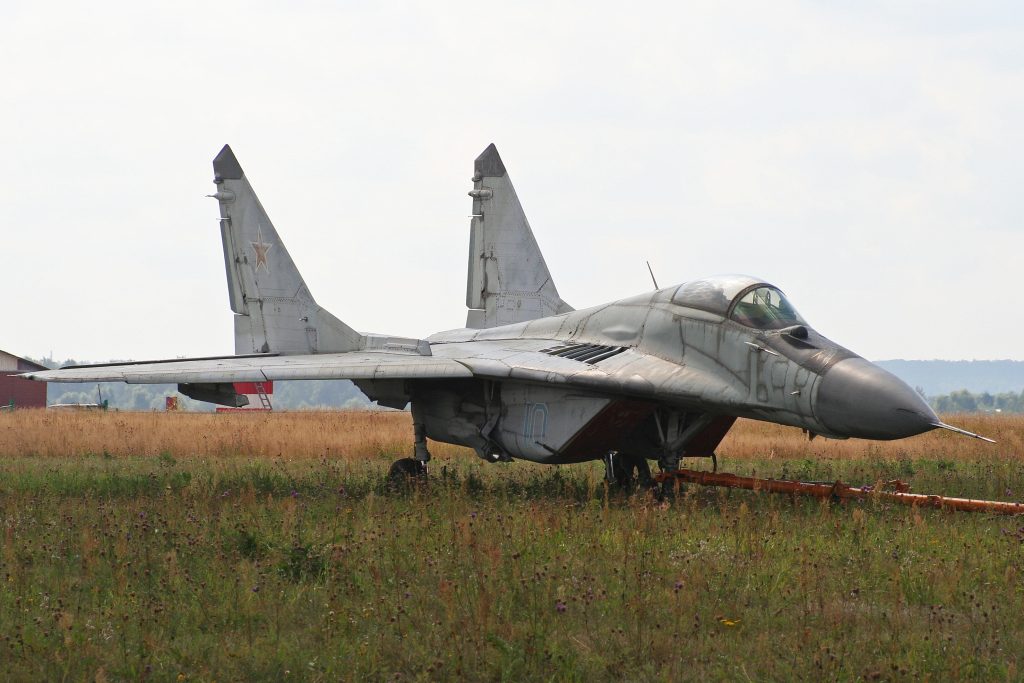
1. Lukhovitsy’s Role in Russian Fighter Evolution
MiG-29, with its twin Klimov RD-33 turbofan engines and short-range engagement-honed agility, and the MiG-31 interceptor with its Mach 2.83 speed and R-33 long-range missiles, are the mainstay of Russia’s tactical and strategic air defense. The inclusion of Lukhovitsy in next-generation projects, possibly including the PAK DP/MiG-41 intended to fly at Mach 4 speeds, cruise at near-space altitudes, and feature anti-missile lasers, reflects the plant’s strategic significance. The MiG-41’s planned Saturn AL-51 engine, with 37,500 pounds of afterburning power and radar-dampening serrated nozzles, is a step in propulsion technology, but its viability is debated.

2. Geran/Shahed Drone Upgrades
Outside manned aviation, Lukhovitsy also plays a role in the upgrade cycle of Geran-2 drones, Russia’s licensed version of the Iranian Shahed-136. These drones have transformed from propeller-powered “mopeds” into armored, AI-enabled strike platforms. Changes such as armored engine bays, central fuel tanks to improve survivability, and mid-course submunition release. Thermal sight and jam-resistant navigation allow them to fly in GPS-denied settings. Russia’s Geran-3 model, driven by a Chinese Telefly JT80 turbojet, has a speed of 185–230 mph nearly twice as fast as its predecessor making it much harder to intercept.

3. Incorporation of Loitering Munitions
Russia’s tactical UAV doctrine is increasingly based on systems such as the Lancet loitering munition, with 70–110 km strike ranges. These are fielded in dual-altitude swarms, integrating low-flying drones to avoid radar with high-altitude units to gather extended reconnaissance. The role of Lukhovitsy in developing such systems bridges aerospace engineering and battlefield adaptation, which can target Ukrainian counter-drone assets and deep logistics nodes.
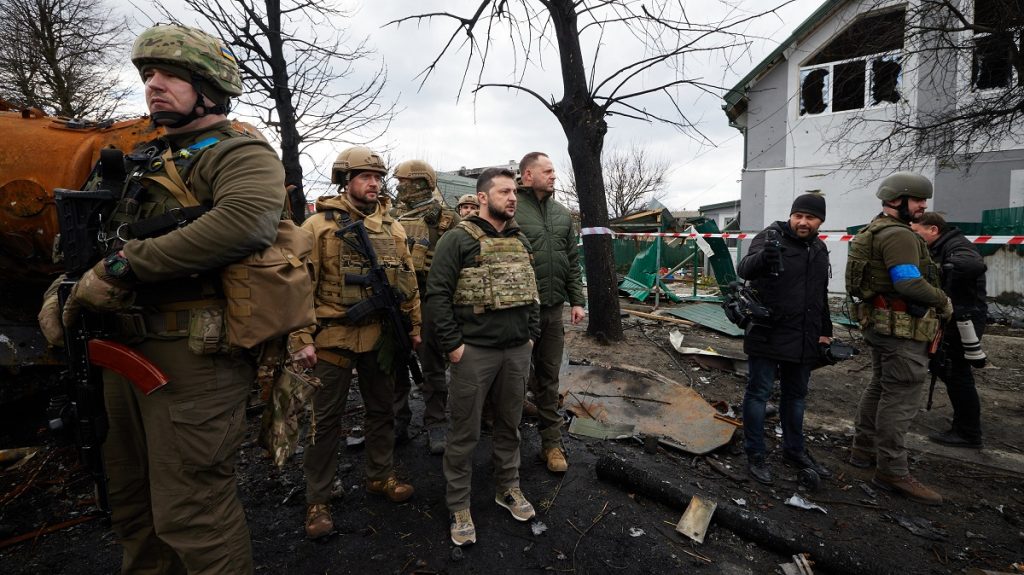
4. Ukrainian Strategy: Targeting Innovation Hubs
The Lukhovitsy raid was just one aspect of a larger campaign striking Dubna’s Kronstadt UAV factory and Tula’s facilities producing precision-guided munitions. Through attacks on these centers of innovation, Ukraine tries to interfere with Russia’s iterative upgrade cycles. This is in line with its previous refinery attacks that lowered the refining capacity of Russian oil by as much as 40%, thereby having cascading logistical and economic impacts.

5. Engineering Challenges in Drone Interception
Ukraine’s air defense confronts the cost-exchange problem intercepting a $50,000 Shahed with a hundreds-of-thousands-dollar missile is impossible. Engineers have pushed back with tiered defenses acoustic sensor webs, mobile machine gun squads, and cheap interceptor drones. But jet-powered Gerans and EW-proof fiber optic UAVs, with 20 km tactical depth, are undermining these countermeasures.
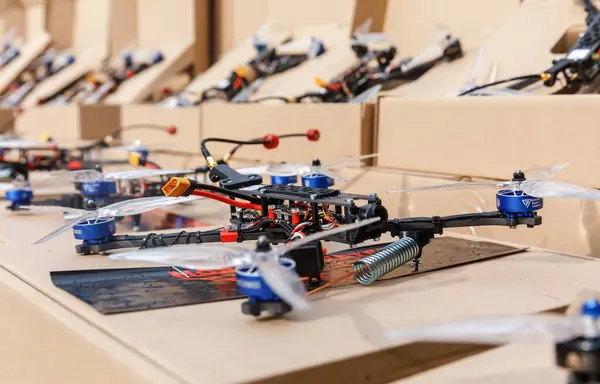
6. Chinese Supply Chain Influence
Russian drone innovation is greatly facilitated by Chinese components nav systems, opt sensors, and even 50 km fiber optic coils for tethered drones. Complexes such as the Deng Xiaoping Logistics Complex close to Alabuga SEZ offer a constant supply of components, avoiding sanctions. Such a supply chain supports both long-range Shahed production and tactical FPV drone proliferation.

7. UAVs Reaching Battlefield Air Interdiction
Russian loitering and FPV drones are now performing part of the battlefield air interdiction formerly done by manned aircraft. By preventing Ukrainian troops from using highways such as T0514 and T0515 through repeated strike, they compel resupply on foot and disrupt troop rotation. Fiber optic drones, EW immune, are deployed in forested areas, increasing the “kill zone” from 2 km to more than 10 km from the front.
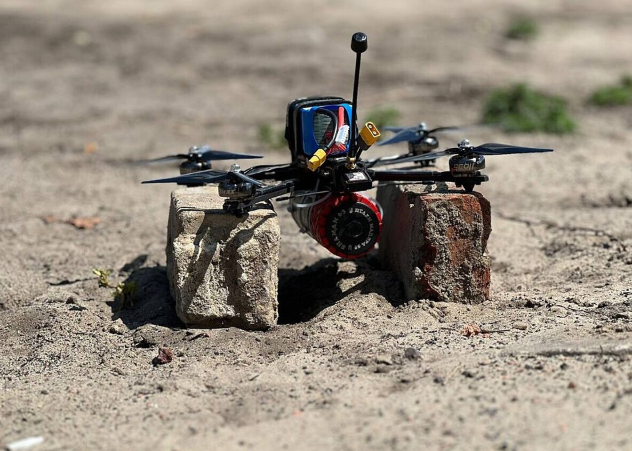
8. Integrated UAV Tactics and Sleeper Drones
Units of Russia’s Rubikon Center integrate reconnaissance and attack UAVs, stretching FPV ranges to 300 km through the use of repeater drones. Sleeper UAVs, which carry “Gibernator” modules, sleep for weeks only to wake up for accurate strikes. Integration of thermobaric warheads into Molniya and Lancet drones brings devastating capability to neutralize dug-in positions.

9. Strategic Consequences for Aerospace and Defense
These attacks on Lukhovitsy and other such nodes expose a war more characterized by industrial wear and tear and technological innovation. Aerospace facilities are no longer secure back-echelon assets they are contested nodes within a networked battlespace where engineering prowess directly impacts tactical success. The intersection of manned fighter development and unmanned systems innovation makes these sites the brain and brawn of contemporary military might.
Ukraine’s deep-strike campaign is not only cannibalizing production lines, but cutting the feedback loop between battlefield performance and design improvement a loop that has enabled Russia to continuously develop its fighters and drones under wartime stress. In this competition, the future of air war may depend less on whoever deploys the fastest jet, and more on who can secure the factories that produce them.
